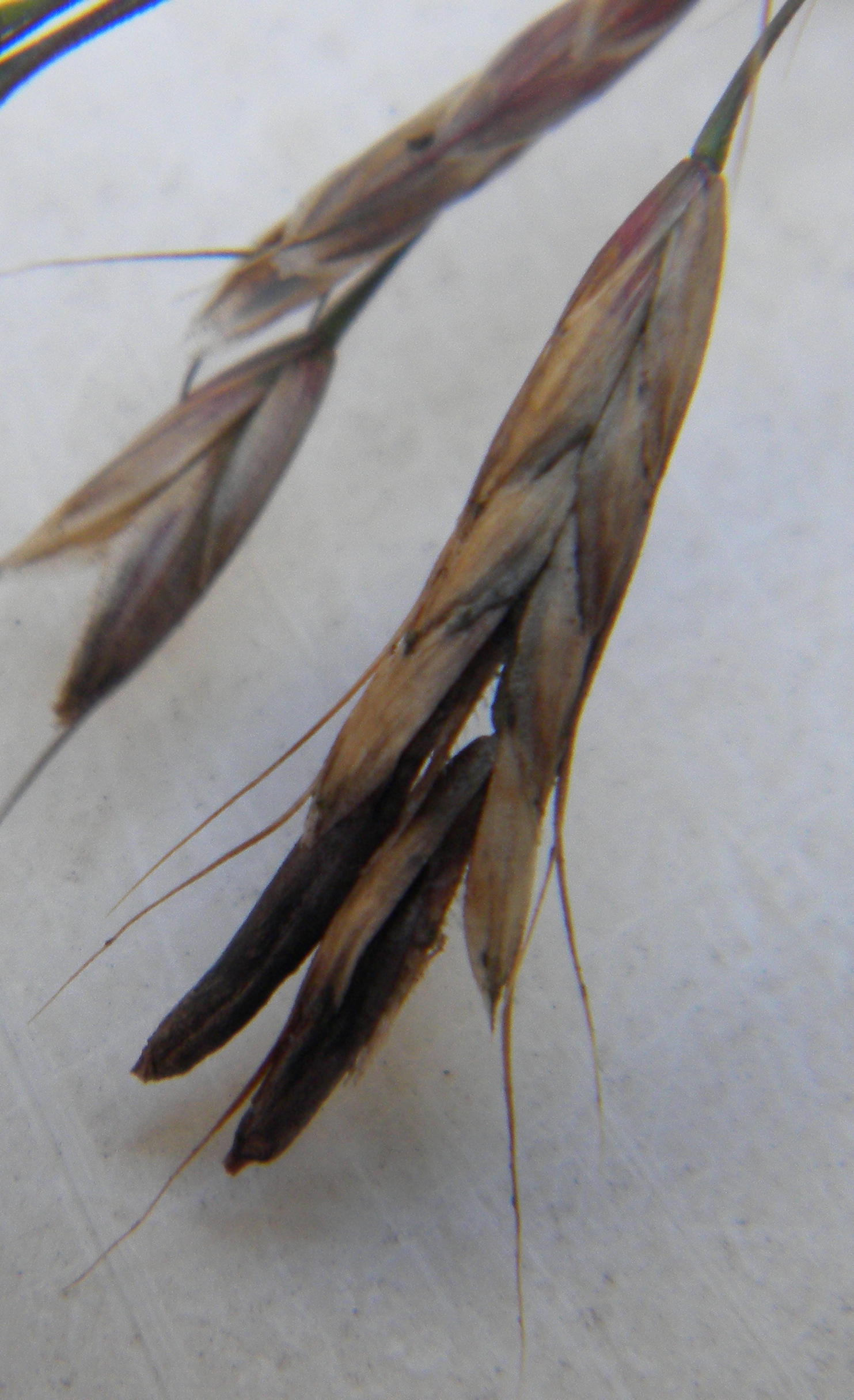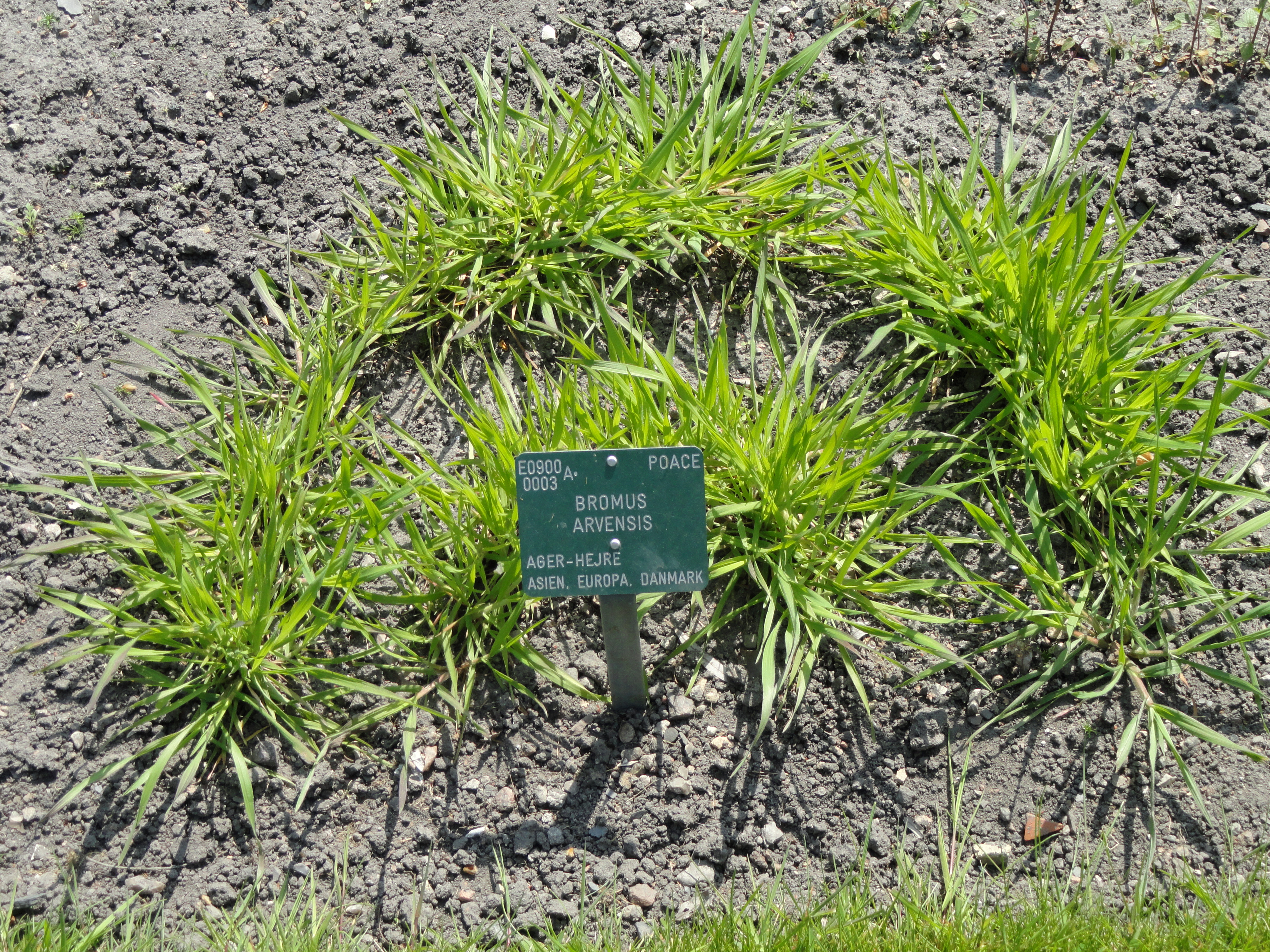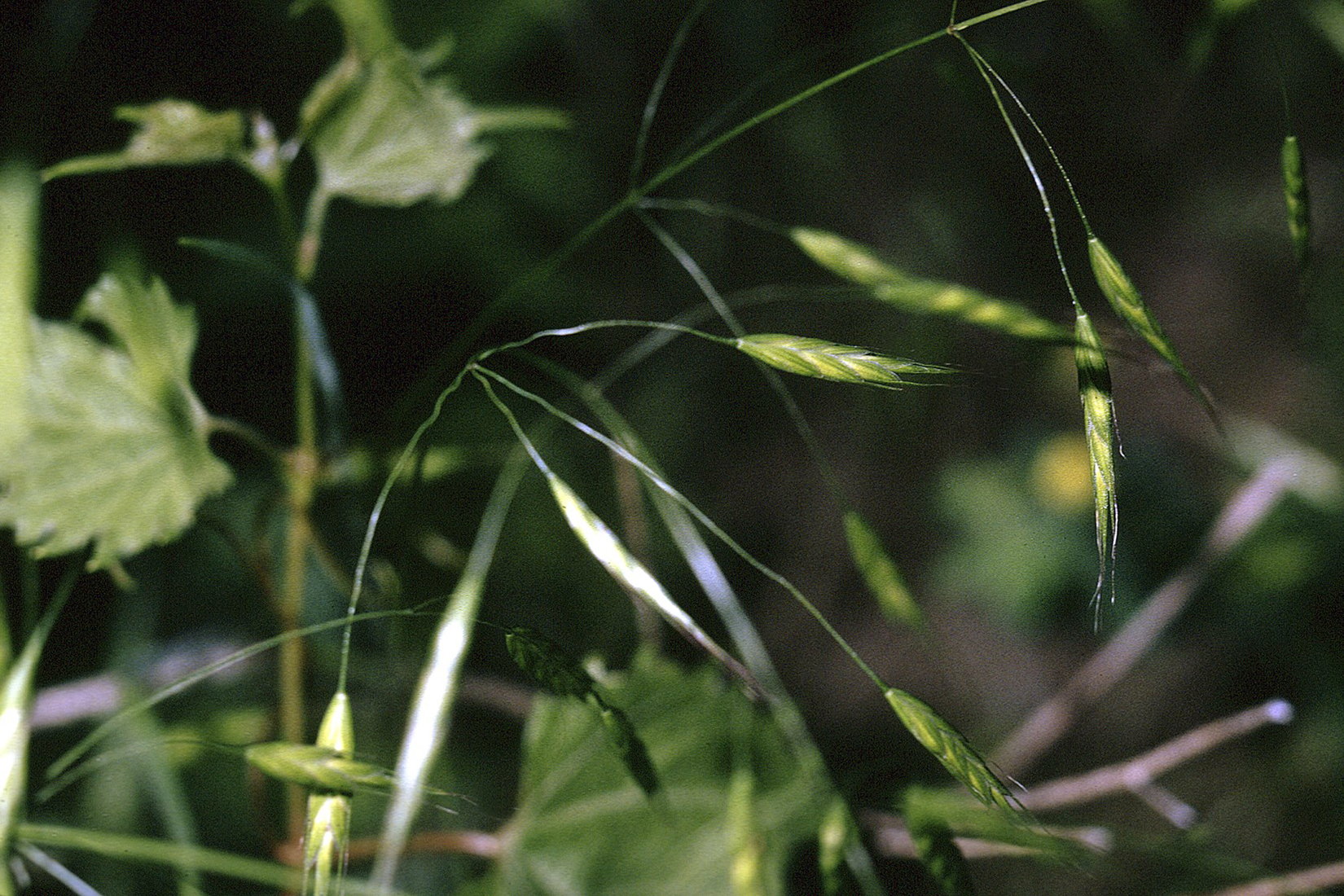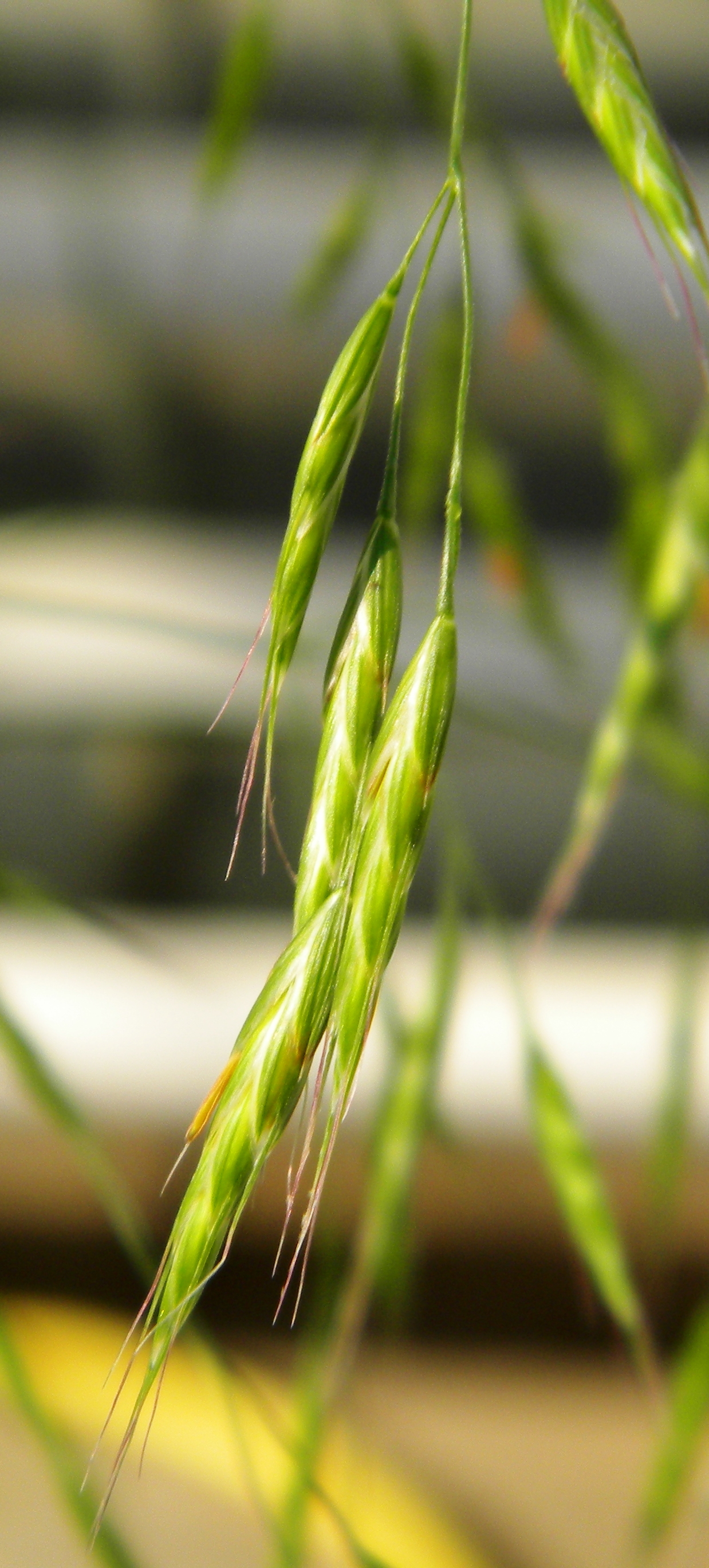Selected Plants of Navajo Rangelands
Brome, field

Field brome is a winter annual. It produces dense, low, leafy growth in the fall. Spring growth starts earlier than most other annual grasses used for cover crops. It does not have creeping stolons or rhizomes, but tillers profusely. It produces seedheads in late spring or early summer. Seed stalks are 2 to 3 feet tall. The principal characteristics that make it an outstanding cover crop are the extensive fibrous root system and the relatively short top growth. It is winter hardy in northeast and north central regions.
It grows vigorously under high fertility conditions and often smothers other grasses or weeds. It is an excellent seed producer and can maintain itself as a reseeding annual. There are 250,000 seeds per pound.



©2018 NMSU Board of Regents.
Individual photographers retain all rights to their images.
Partially funded by the
Western Sustainable
Agriculture Research and Education Program
(westernsare.org; 435.797.2257),
project EW15-023.
Programs and projects supported by Western SARE are
equally open to all people.